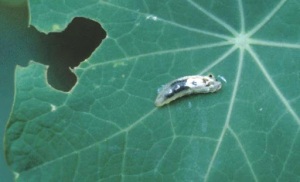What happens? Lots of things! We’ll be opening a moth trap, sorting moths into their correct families, studying the niceties of species identification, exploring woodland, meadows and hedgerows for moths by day and by night, joining in with quizzes and exercises, and much more. If you’ve ever wanted to find out more about how moths live, what role they play in habitats and food chains, and how to observe them for yourself, this is your chance.
This course runs on Saturday 14 May 2016 at Bushy Park in west London. It starts at 2pm with classroom and field sessions, and then in the evening we’ll head out with moth traps to put our skills into practice. Click here for full details and to book a place.
The course is based in a part of Bushy Park that is not normally open to the public, and allows access to flower-rich meadows, woodlands and wetlands. We’ll use a mix of classroom presentations, activities and fieldwork to help you get to know more about moths and what makes them special. You don’t need to know anything about moths already, beginners are welcome, and if you’ve already started taking an interest in moths the course will help you develop your knowledge further. Contact FSC to book your place, and come prepared to be amazed by moths.
- Other courses led by Martin Harvey
- The full range of FSC courses (including moth courses in other parts of the country)
[This was originally posted in 2015, and has been updated for the 2016 course.]


